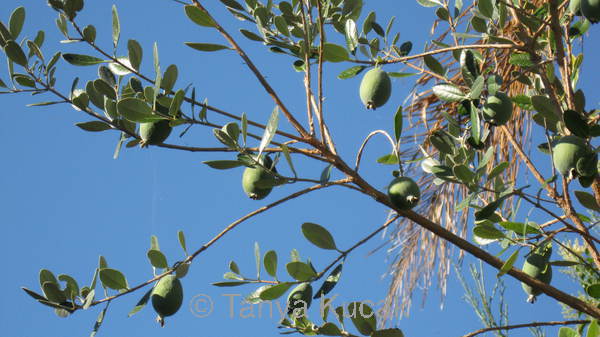
You don't need to put your vegetable garden behind a fence or hide it in a backyard! Leslie Bennett and Stefani Bittner of Star Apple Edible Gardens, based in Oakland, encouraged people to plant more edibles and create beautiful gardens. They spoke at the San Francisco Flower and Garden Show this year.
To use edibles throughout your garden, think of your landscape needs and choose an edible plant, Bennett said. If you need a hedge, for instance, you can plant dwarf citrus. Star Apple likes to use myrtle-leaf sour orange trees in gardens because they stay small, are amenable to hedging, offer dense, dark green evergreen foliage and fragrant flowers, and provide a fruit that can be used in marmalade.
Other good evergreens to provide year-round structure – whether hedged or grown naturally – include rosemary and lavender. By selecting different cultivars, you can get a different texture, color, and density. Tuscan Blue rosemary grows upright with dark green foliage and can reach 4-6 ft., but Golden Rain rosemary stays under 3 ft. high and its foliage is bright yellow in spring and fall.
Culinary bay trees can be planted as a hedge or a small tree. If you're pruning a bay tree to keep it small, Bittner said, you're always bringing material into the house and finding ways to use it. We make wreaths out of it, Bennett said.
We love blueberry bushes! Bittner said. They offer delicious fruit, make a lovely landscape plant, and can be hedged. Choose at least two varieties for optimal pollination. Bountiful Blue is one of the smaller ones, at 3-4 ft. Most blueberries provide nice fall color before losing some leaves for the winter. For an airier look and evergreen foliage, with fruit similar to blueberries, try Chilean guava.
A key to integrating edibles into every part of the garden is paying attention to design. Plant enough of a given plant throughout a garden to be a theme and create an effect, Bennett said. For example, plant several purple-leaved basils and then repeat the theme by planting red lettuces.
Because you're using repetition, you can plant chamomile as an ornamental plant next to the driveway or between stepping stones, but not eat it from there, she said. Your edible patch would be located close enough to be a visual reference, but far enough away that it would be safe to eat.
The front yard should be edible and productive, Bennett said. But you should expect to share whatever you plant in your front yard as you interact with your neighbors, she said. Plant a prized tomato plant that you don't want to share closer to your front door, Bittner said, and plant herbs or fruit trees closer to the street or sidewalk.
Raised beds keep dogs out, Bennett said. If cats roam your neighborhood, you can deter them with strongly scented plants such as onions or oregano, they said. In the backyard, you can cover selected plants with floating row cover to prevent cats from digging in soft soil.

Pineapple guava is a lovely landscape tree with edible flowers and delicious fruit.
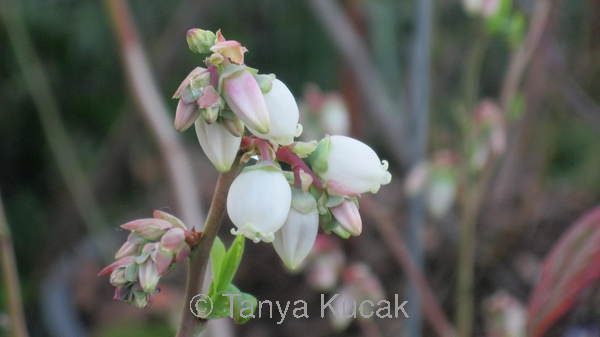
Blueberry bushes offer attractive flowers, fall color, and delectable fruit.
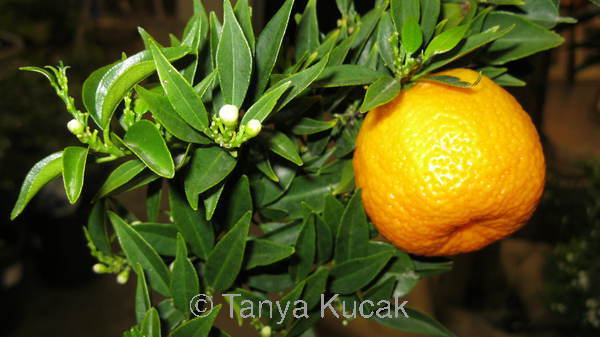
Myrtle-leaf sour orange tops out at 4-8 ft. and can be grown as a hedge or trained as an espalier.
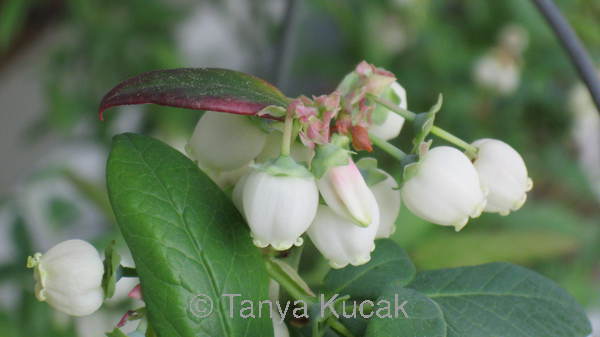
Blueberry bushes offer attractive flowers, fall color, and delectable fruit.
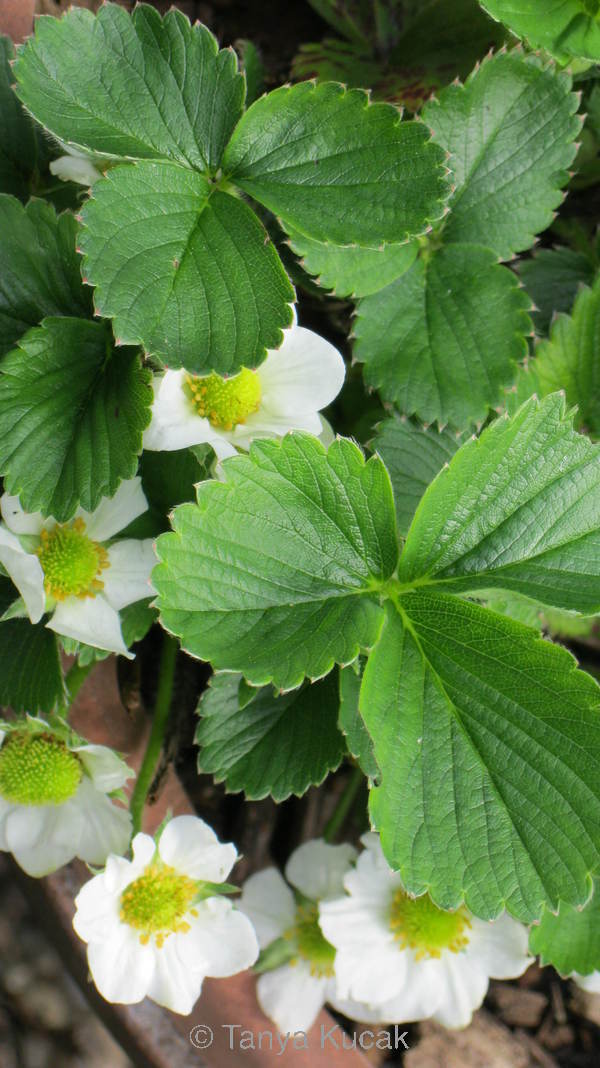
Grow strawberries in a container or tuck them into a small sunny patch.
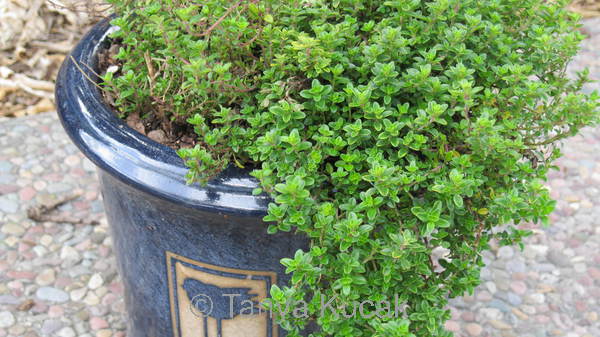
Lime thyme cascades over the edge of a glazed pot. Use this fragrant edible plant instead of an ornamental “spiller.”
© 2012 Tanya Kucak